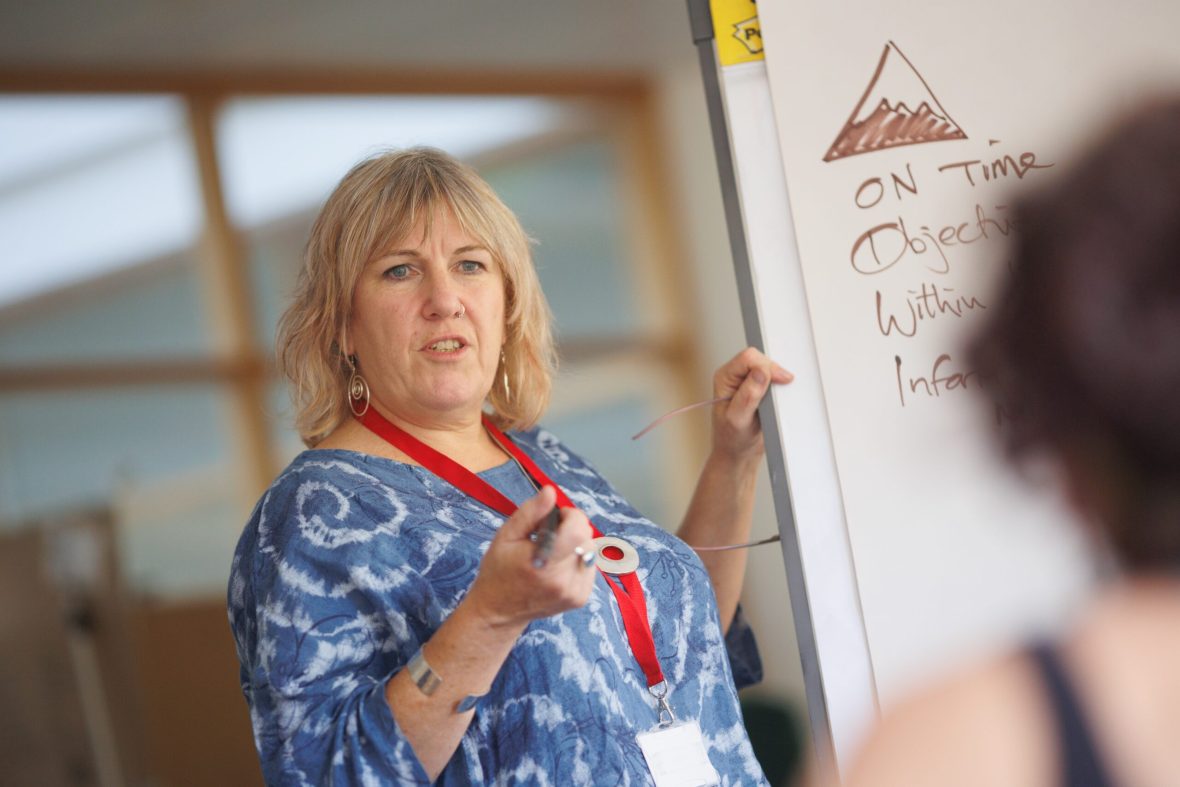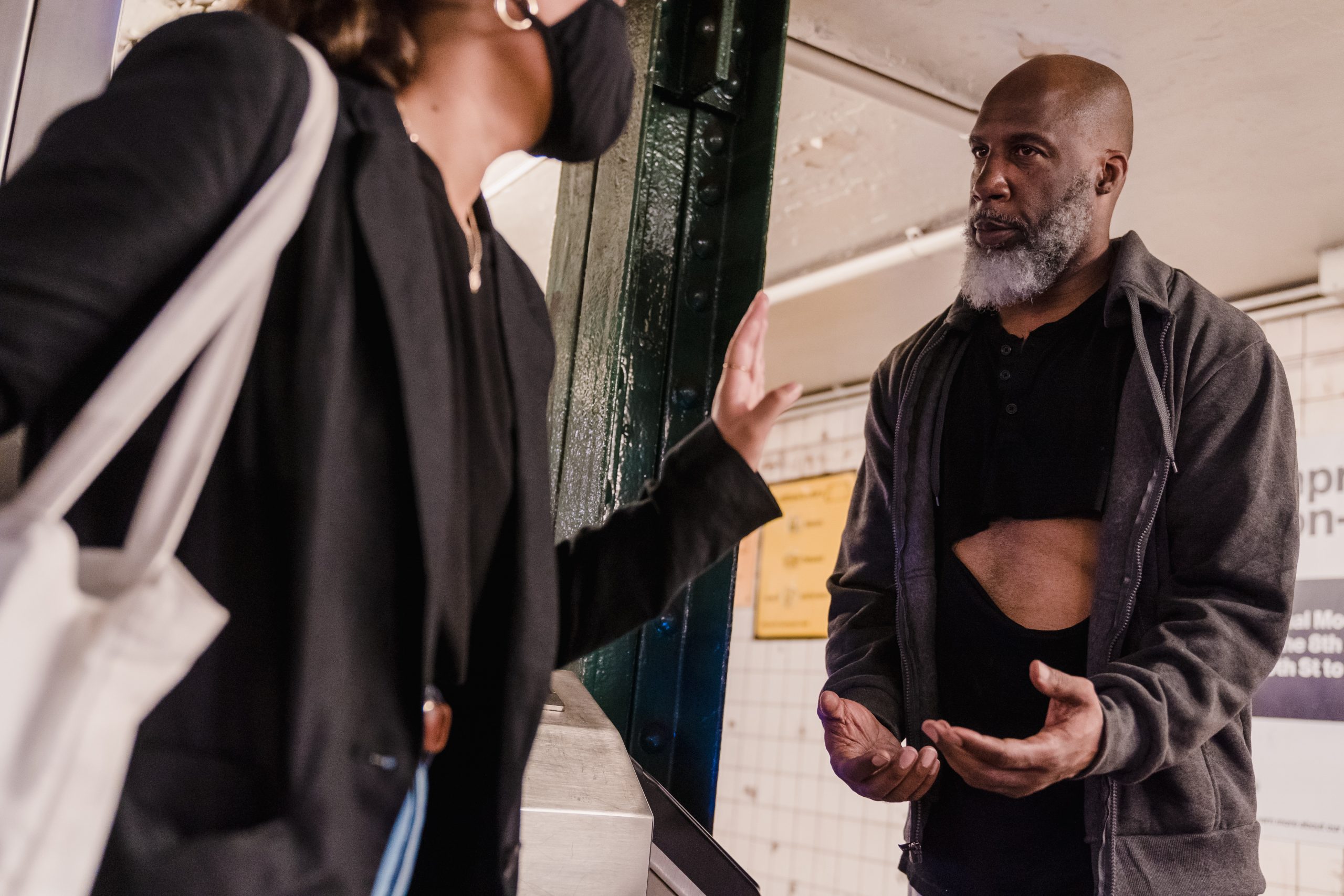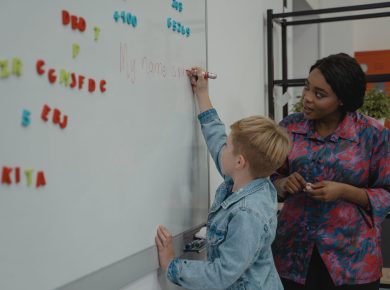A teaching method is a way of doing something; it is an approach or a position that a teacher for the patterns of behaviour which the teacher accepts from the learner in learning effectively the subject matter. The identified methods which can achieve this objective are highlighted in his section.
Teaching Methods of History
Expository Method
The Expository method is a process whereby the teacher has some facts or a lecture, story-telling, an illustrated talk and the use of a resource person.
- Speech/Lecture is best suited for an adult group as it could take up to one or two hours.
- Story-telling involves the use of stories which must be at the level of the students and relevant to their needs.
- A resource person is a facilitator of knowledge whom the teacher invites to talk about their trade or profession, in which he witnessed or participated.
Discussion Method
The discussion method is a process which implies that both the teacher and the students have certain knowledge, information and facts about what is to be learnt, and they therefore dialogue on the subject matter.
In the discussion method, someone directs the discussion, ensures full participation of members and sees that no one dominates the discussion.
Inquiry Method
The Inquiry method is a process which assumes that both the teacher and the students must work together cooperatively to find out something which the students are expected to learn.
In the inquiry method, students find answers to questions, solutions to problems and important events, especially those that affect the lives of people or current events.
It is analysing the information gathered and also helps the students to be objective by considering the various sides to a matter.

Activity Method
If it is practised, there can be no evidence of learning. In the activity method, the students are involved in learning activities which aid memory and stimulate learning and practice, whereby what is learnt is translated into action.
The techniques available to the teacher include role-playing, dramatisation, projects, debates and simulation.
Problem-Solving Method
This method requires analysing and solving the problem by applying the information gathered. This is classified and used in solving the problem. This method encourages critical thinking in man.
Project Method
The project method is a process which involves some activities that are usually undertaken by individuals or small groups.
The activities involve independent group or class research projects, which usually result in some tangible product such as a map, model, or booklet.
The product so achieved gives a lot of pleasure and satisfaction to the students who produced it.
Field Trip/Excursion
A field trip or excursion involves taking students on short journeys to places of interest. This method makes it possible for students to have first-hand knowledge of historical monuments or places.
An important element of this method is that there is usually a guide at the place of interest visited who provides the students with first-hand information.
Dramatization Method
The dramatization method is a process which involves practical activities in which relived and the characters are portrayed. This method stimulates interest in the students as they will be happy to play roles which they enjoy.
Questioning Method
This method requires participation. In addition, they are useful in teaching and testing. Effective history which he will teach the lesson and facilitate learning in the class.
Effective classroom interaction implies that as a teacher asks questions, students answer, initiate their own questions and keep the class going.
The questions that keep the class interaction going include Focusing, Probing, Extending, Summarising and Reviewing questions.
Problems and Prospects
Prospects of History in secondary education in Nigeria lead to the following questions.
Why is History unpopular in Nigerian secondary schools? What can be done about the teaching of History in secondary schools?
Answers to these questions should reduce to the barest minimum problems militating against the study of History in secondary schools.
Focus 1
Future efforts at improving instruction in History should realise that other elements in the teaching and learning process, such as textbooks, other instructional materials and personnel, need consideration.
It is a known fact that the curriculum innovation in History is beset with a lot of technical problems, which may hinder its implementation.
The discussion of extracted themes from the topics appears to be a herculean task, as the teachers often fall short of the desired standards.
There is a general tendency for emphasis on covering course content,s which results in note-taking as not enough time is provided for discussion.
Yet, to help the students develop a sense of history, discussion should not and cannot be neglected.
Focus 2
Adequate attention has not been given to contemporary Nigerian history as is reflected in the curriculum. Also, textbooks have not been developed on East Africa, North Africa and South Africa for secondary school students.
Given the constraint on time, the study of history has been limited to the classroom, thus leaving out those aspects of the curriculum which require field trips, excursions and projects.
The identified inadequacies notwithstanding, all efforts should now be directed towards providing the facilities that will make the curriculum workable, given our national aspirations, not pruning the curriculum for want of facilities and flexibility of operation.
Focus 3
The following steps will go a long way in reducing, if not eliminating, the impediments to implementing the history curriculum.
Organise a writers’ workshop to develop appropriate and adequate textbooks. Instructional materials could also be developed while using local materials to assist teachers in the performance of their tasks.
The time allotted to history on the school timetable should be increased to enable the school system to adequately prepare the students for their final examination.
History teachers should be exposed to in-service training as a way of updating their knowledge of the new methods and techniques of instruction most appropriate for the new curriculum.
Conclusion
History is one of the core subjects offered by students in the senior secondary school certificate examination. However, it is a known fact that the number of candidates who sit for history in this examination has been on the decline every year.
This development has been traced to factors in the school system, which include the nature of the subject matter, instructional materials and the treatment history received from those who implement the curriculum.
Focus 1
This development is in direct contrast with the fact that students exposed to studies in history better understand themselves and their society.
Therefore, history should be taught by history specialists so that pupils will acquire historical knowledge and understand historical concepts.
It develops insight into the nature of historical judgment so that they will become interested in and curious about things historical, as well as develop practical skills in using source materials.
Also, history teachers need to be more versatile and knowledgeable to enable them to see their role not simply as givers of knowledge and information, but also as facilitators and enablers.
Focus 2
It helps the students to discover, explore and generate ideas in the context of a classroom laboratory. The emphasis of teachers should be on developing the skills, attitudes and abilities which students need to function productively in society.
It is constantly reminded that studies in history are not simply involved with the memorisation of facts, but a means for developing positive effects and humane attitudes and coming to a better understanding of oneself and society.
Focus 3
The problems of implementing the history curriculum have been identified and discussed with emphasis on course contents, textbooks and other instructional materials and personnel.
Prospects for solving the problems and achieving the goals of teaching history on the school timetable.
Efforts should also be made to encourage the various aspects of the history syllabus. Also, provisions should be made for field trips and excursions to further elicit students’ interest in the subject. Read more similar posts on our education page of the site.
References
Adejumobi, S. A. (ed) (1978); A Handbook of High School History Teaching in Nigeria. Ibadan: I.U.P.
(ed.) Curriculum Development in Nigeria.Ibadan: Sam Bookman Educational Services. pp 165-184.









